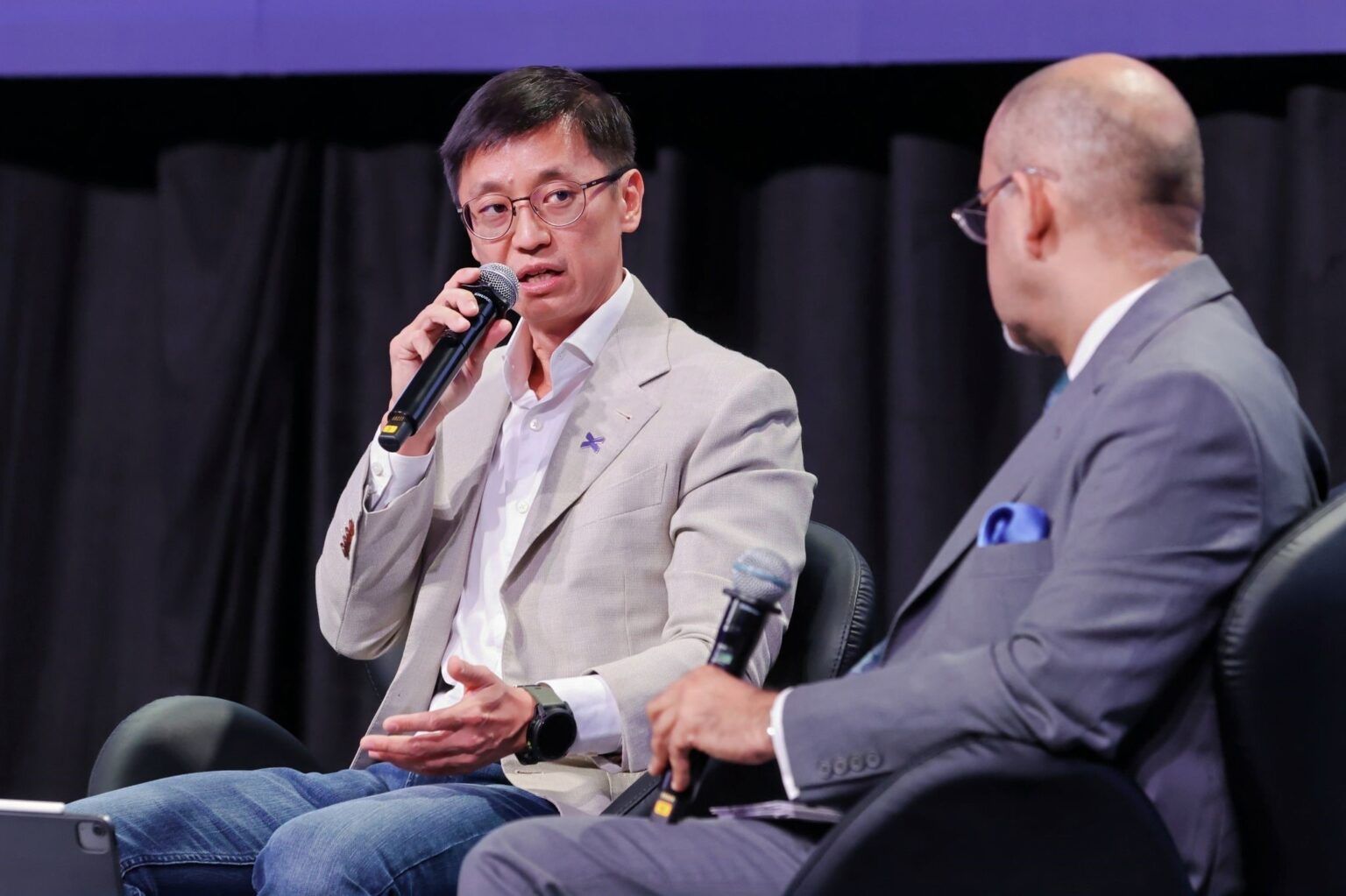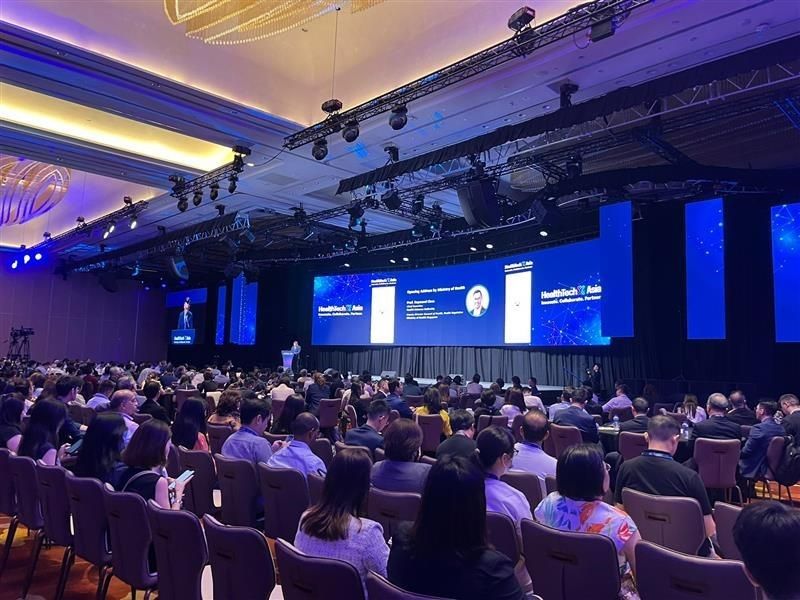Accelerating the growth of HealthTech innovation in Asia
)
Synapxe’s HealthX Innovation Sandbox 2.0 (HX-IS 2.0) set to catalyse the next generation of HealthTech solutions
In a bid to further accelerate HealthTech innovation, Singapore’s national HealthTech agency Synapxe announced the launch of its HealthX Innovation Sandbox 2.0 (HX-IS 2.0) on 21 May 2025, providing developers and innovators more flexibility in experimenting with new technologies.
This builds upon the Sandbox 1.0 launched in September 2023, which has facilitated the deployment of 11 new HealthTech innovation use-cases so far, including an AI-powered echocardiography tool and a 3D gait analysis system for rehabilitation recovery monitoring.
The new sandbox comes with enhanced features aimed at offering HealthTech start-ups and innovators greater flexibility, interoperability, and widened access to data.
HX-IS 2.0 is the only HealthTech Sandbox that leverages Singapore’s Healthcare Commercial Cloud (HCC), allowing tech startups a safe environment to demonstrate, test and validate various solutions for public healthcare.
Its new features include:
- Expanded access to data
Developers will be able to access synthetic, anonymised data generated by HEALIX (Advanced Learning & Intelligent eXchange), which closely resembles real-life data. This allows them to develop their solutions in a close-to-real-world environment.
- Access to Microsoft Azure suite of tools and services
Tech innovators will now have access to Microsoft cloud infrastructure, funding, and training, with the introduction of Microsoft Azure to the initiative. This is on top of Synapxe’s ongoing collaboration with Amazon Web Services (AWS) in offering innovative AWS technologies and training programmes.
- Improved interoperability and integration
Over 2,300 healthcare application programming interfaces (APIs), based on HL7 FHIR – a widely recognised standard for exchanging data between systems – have now been made available. This will help developers and innovators test out the integration of their new solutions and technologies with existing IT systems in Singapore and overseas.
Mr Glenn Neo, Director of Innovation Capabilities Enablement, Synapxe, said: “Based on the success of our first HealthX Innovation Sandbox, we want to make HealthTech innovation more accessible to our innovators and empower them to develop the next generation of HealthTech solutions. We are excited to provide more tools and product offerings for our Sandbox 2.0. Collaboration begets innovation, so we are pleased to now work with Microsoft, in addition to AWS, and welcome new innovators to create an impact for Singapore’s public healthcare sector.”

Mr Glenn Neo at HealthTechX Asia 2025
Building a dynamic HealthTech ecosystem in Asia
HX-IS 2.0 was announced at the inaugural HealthTechX Asia event, which aims to foster innovation, partnership and collaboration in Asia’s HealthTech space.
Held on 21–22 May 2025 at Singapore’s Sands Expo and Convention Centre, HealthTechX Asia convened over 750 speakers and attendees from across the HealthTech ecosystem, including public and private hospitals, government agencies, ministries of health, solution providers, start-ups, and investors.

Key themes that emerged throughout the keynote presentations and panel discussions include:
- Partnerships and collaborations: Healthcare innovation can only succeed at scale with the involvement of all stakeholders – payers, patients, regulators, providers and investors – all aligned towards the common goal of improving healthcare delivery
- The balance between regulation and innovation: Keeping the delicate balance between facilitating innovation and keeping safeguards in place, ensuring the necessary levels of governance and compliance – for example through regulatory sandboxes
- Driving interoperability: For digital healthcare to truly work and reach its potential, systems need to be able to talk to each other and allow for seamless, secure data flows.
- Keeping patients at the heart of innovation: Perhaps most importantly, the patient needs to be at the centre of innovation – not seeking innovation for the sake of doing so, but only pursuing those ideas that would leave a clear impact on patient safety and outcomes.

